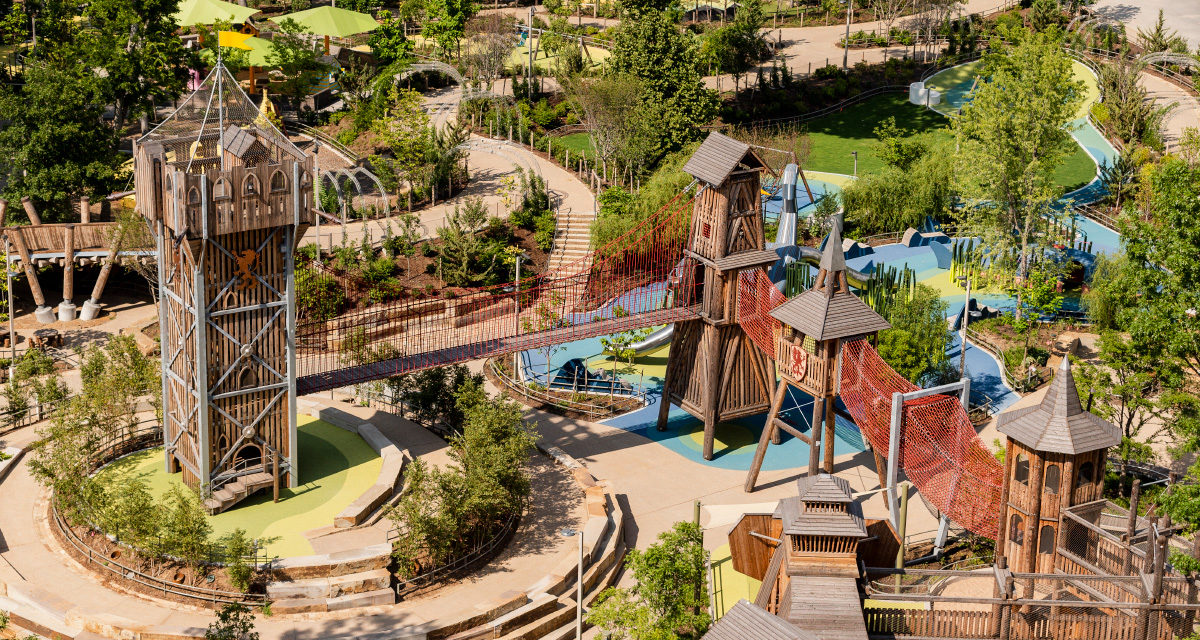There are myths about Tom Lee Park that even a stake through hearts can’t seem to kill.
There’s the one about Memphis River Parks Partnership driving Memphis in May out of Tom Lee Park although it was the historic size of the festival’s red ink that led to that decision. There’s the one about how the River Parks Partnership set out to kill Memphis in May when the festival actually committed suicide as a result of its inflexibility and a product that resulted in poor ticket sales. There’s the one that the River Parks Partnership organized the new music festival and proposed barbecue contest announced for next year when it wasn’t involved and it would have violated its fiduciary duties not to enter into an memorandum of agreement with the backers of the events. There’s the one that Tom Lee Park was built for White elitists living on the bluff overlooking it, a fact easily dispelled by a single visit to the park where African Americans are voting with their feet to visit the park and enjoy its activities.
Then there is the notion that the park cost too much. It was resurrected as recently as a few days ago in a comment by downtown businessman Chance Carlisle that the park’s cost was “pricey.” We’re giving him a benefit of a doubt since his hotels and development aren’t known for their cheapness but for their emphasis on quality, not to mention that this signature waterfront park adjacent to his projects is a major competitive advantage.
Its the lack of a national context and the “good enough for Memphis” mentality that have regularly resulted in projects here notable for their mediocrity .
Here’s the thing: the reimagination of Tom Lee Park is part of a movement by cities to be smarter with their riverfronts and in more and more instances, the smart decision has been to invest in a unique, major park. In Memphis, that nationally significant park is costing $61 million.
There are complainers who question the cost as excessive, so out of curiosity, I researched the cost of some other waterfront parks, determined their cost per acre, and calculated what the cost of Tom Lee Park would be at that same rate.
The costs of these parks have not been adjusted for inflation, which means that these amounts could have been even higher.
If Tom Lee Park cost the same per acre as the following parks, here’s what it would have cost rather than $61 million:
$66 million – Public Square, Cleveland (2016)
$67.3 million – York Quay, Toronto (2010)
$72 million – Maggie Daley Park, Chicago (2014)
$76.7 million – Toronto Central Waterfront (2015)
$79.9 million – Governors Island, New York (2010)
$84.5 million – Lurie Garden, Chicago (2004)
$90 million – North Waterfront Park, Wilmington N.C. (2021)
$102.3 million – Louisville Waterfront Park Phase 1 (2000)
$102 million – Ralph C. Wilson Centennial Park, Detroit (Underway)
$103 million – Nashville Riverfront Park (2016)
$112.5 million – Smale Riverfront Park I, Cincinnati (2012)
$120 million – Governors Island Hills + Art, New York (2016)
$135.9 million – Brooklyn Bridge Park (2010)
$140 million – Downtown Riverfront Park, Eugene, Oregon (2022)
$171.5 million – Tongva Park, Santa Monica (2013)
$198 million – Hunter’s Point South Waterfront Park Phase II, New York (2018)
$199.3 million – A Gathering Place, Tulsa (2018)
$225 million – Corktown Common, Toronto (2013)
**
Join us at the Smart City Memphis Facebook page and on Instagram for daily articles, reports, and commentaries that are relevant to Memphis.




Cost per acre is meaningless because it ignores differences in landscaping design and activity areas between parks. For example, the Nashville Riverfront Park included a massive amphitheater and Laurie Garden included a water feature. That is to say I think Tom Lee was not constructed all that cheaper than others.
Regardless, I think the park’s benefit to downtown commerce and housing would be increased if pedestrian connections were improved. The Carlislie Cutbank Bluff is poorly integrated with the sidewalks on Vance Ave and makes people walking feel like an afterthought.
Thanks for the comment. The purpose of this post was to compare the cost of TLP to what I considered comparable parks in other cities that have invested in waterfront or waterfront-adjacent parks. I have visited about half of them so I can attest to the fact that most don’t have amphitheaters in them. Each city makes decisions about what elements it wants in its park, but the finite cost is the finite cost. Also, as you can see, some of the park costs are 23 years old and my decision not to add in the cost of inflation and if I had, it would have swelled the cost and made TLP look even more like a bargain. Contrary to your conclusion, TLP was constructed considerably less than the others and its real estate is similar which led me to include those cities. I urge you to take the costs, add in inflation, because it underscores even more what a bargain this $61 million park is.
The connections between downtown and the riverfront have been dismal for decades, if not centuries, despite study after study calling for riverfront improvements and parks that date back 99 years. TLP’s design added access points in addition to cutbank bluff, which was the first ADA accessible connection between the top of the bluff and the riverfront. The River Parks Partnership has advocated for years for city government to improve the sidewalks on Vance Avenue all the way to South City but it has not to this date been a funding priority. The designers of this park are the one time that world-class actually deserves to be used and they were sensitive to connections, accessibility, and equity.